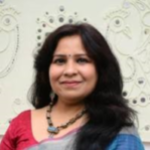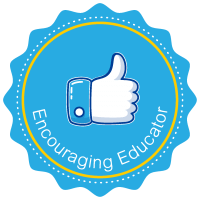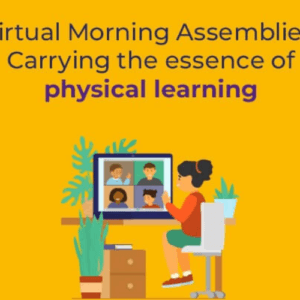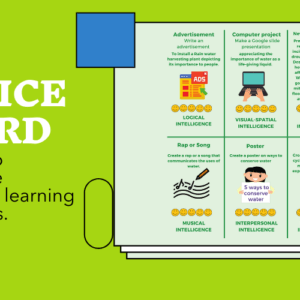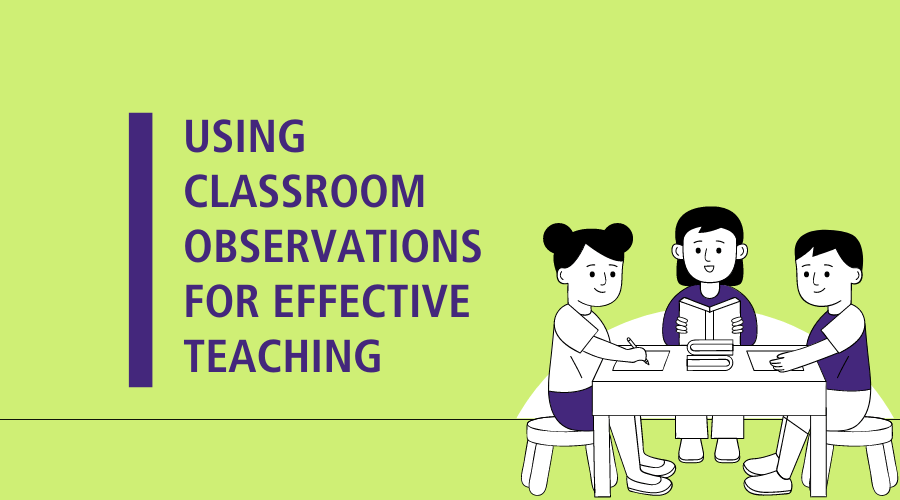
Teaching is an art, learning is science. Both must blend in order to optimize the learning experience. The ability to reflect is a desired skill in every profession. Reflective practice is required because teachers of the future should be thoughtful decision-makers and intrinsically motivated to analyze a situation.
Teachers must set goals, monitor learning, assess and reflect on their professional practice. Keeping the larger goal in mind, our schools need reflective teachers who can fine-tune their methods to find better ways of teaching while maintaining their purpose and direction.
Several aspects of teacher development have been overlooked in the preparation and promotion of effective teachers. The emphasis has been more on the development and demonstration of teacher’s understanding of content, its delivery and in their capacities to improve results.
The journey of a teacher begins by understanding the various processes, planning for hours before each class and working out multiple strategies to manage the class. Over the period of time, planning, teaching, and assessing become effortless activities. On the downside, there have always been a few children who do not understand what is taught, do not do well in tests and are passive participants in the classroom. If we believe that all students can learn optimally and that our performance as a teacher has a direct impact on our student’s learning, then what should our homework be?
Given all the dilemmas that characterize today’s classrooms, our homework should be to REFLECT — reflecting on What we do in the classroom? How do we teach? Why we teach the way we do? How could we do things differently and create change? How we engage the students? How we build curiosity? Our thoughts about children and their attitudes are central to our reflection. It is, therefore, imperative for educators to recognize the multi-layered world of education, which has roots far deeper than we can think of.
We must understand our role as mentors in terms of enhancing skills and emphasizing the responsibilities of an enlightened citizen by instilling discernment and self-awareness amongst our students.
Classroom observation in this regard is a powerful tool to enable students and teachers to develop an analysis of feelings, evaluation of experiences and designing an action plan.
For teachers to be effective, they need to recognize more than just their students’ background and learning preferences. It is, therefore, not only desirable but almost essential to create teachers who can understand the relevance of reflection, particularly about teacher education. For making reflective teaching visible, classroom observations play a central role. It offers teachers an opportunity to think about what works in the classroom and what does not.
Classroom observations provide teachers with constructive critical feedback to reflect upon their classroom management and instructional techniques.
Classroom observations advocate that no matter how thorough the preparation of a lesson is, the teaching strategies must be manoeuvred as per the needs and pace of learners. This practice of classroom observation ensures teachers gain a better understanding of their teaching methodologies through individual reflections, reflection with partners, reflection in small groups and school-wide reflection.
This article deliberates upon the affirmative actions of classroom observation practices that we deploy in our school DLF World School, Greater Noida, to improve the educational outcomes of students. I hope it will help other teachers in this community too.
Incorporating observation tools and collaborative reflections
WHAT IS CLASS OBSERVATION?
Educators observe each other’s practice, providing feedback and learning from each other:
- to improve their impact on students’ learning, focused on improving teacher practice in alignment with learner needs and school priorities
- to address the stated goal of providing the teacher with relevant feedback based on their interactions with students and making improvements in their classroom management and instructional techniques
WHY DO TEACHERS NEED CLASS OBSERVATIONS?
It provides effective professional learning that emphasizes reflection and feedback on practice to improve learning
- develops teachers’ awareness about their own teaching practice and its impact.
- can help determine professional learning needs at the individual and school level.
- supports the development of a common understanding of effective teaching practices that have an impact.
- supports sharing of ideas and expertise among teachers including modelling of good practices.
- provides opportunities to discuss challenges and concerns with colleagues.
PURPOSE OF CLASS OBSERVATION
The fundamental purpose of classroom observation is to improve student outcome by improving the instructional prowess of the teacher.
A secondary purpose of observation is to perform an investigation into possible inequities in instruction among different groups of students. This allows teachers to identify biases in how different groups of students are treated based on their gender, socio-economic standing, or other differentiating factors to help eliminate them. A final purpose is to provide school administrators with information on current educational practices and to identify instructional problems.
WHAT ARE THE KEY ELEMENTS?
There are some key skills and things that are at the core of classroom observations –
- Class observations are drawn on skills used
- in everyday teaching
- in understanding the content
- in providing discipline
- in non-judgemental observation in a non-threatening environment
- in maintaining objectivity
- and in reducing bias
2. Agree on focus for classroom observations and shared protocols
3. Develop trust between teachers observing and being observed
4. Collegial commitment to the ongoing development of practice
ACTIONS INVOLVED?
- Plan: Invite staff to participate in establishing the conditions or ground rules for initiating observation practices e.g., what strategy will be used, how will people nominate to observe/be observed?
- Gradual steps: Begin with small changes. e.g., encourage staff to visit each other’s classrooms for 5 -10 min and think about observed best practices and how they could incorporate and adapt them in their own class.
- Establish supportive structures: provide time for observation. Encourage staff to begin working with others they feel comfortable with and establish collaborative groups to initiate conversations about learning across the school.
- Offer choice: It allows staff some control over who observes and the timings of observation.
- Collaborate: Build opportunities into schedules for teachers to work together on common goals, provide support and structures to ensure the staff are jointly planning and problem-solving.
- Teacher Appraisals: Incorporate classroom observations into the school’s performance and development cycle.
- Reflection and goal setting: Data from classroom observations help set goals effectively and realistically as it provides evidence of the impact of teachers practice and therefore, the strengths and areas for development.
- Ongoing feedback, reflection and review: Data from observations help to evidence the performance and development in review discussions and ascertain goal achievement.
METHODOLOGY
The process of observation and evaluation requires a very high degree of professional ethics and objectivity and training in observational and analytical skills.
Checklists, charts, rating scales, and narrative descriptions are examples of observational techniques that have proven to be effective ways of examining a teacher in action.
One of the main challenges for observation is to decide upon the rubric tool which can vary from school to school.
Things to keep in mind while designing the class observation techniques
Lesson structure
- The way the lesson opens develops and closes.
- The number of activities that constitute the lesson.
- The links and transition between activities.
Classroom Management Strategies
- Setting up groups
- Maintaining discipline
- Time management
- Seating arrangements
Teaching and activities
- Class activities
- Pair and group work activities
- Individual activities
Materials
- Use of textbooks
- Use of other resources/teaching aids/online educational tools
Use of language – Teachers
- Use of instructional language
- Questioning technique
- Explanation of vocabulary and new keywords
Use of language – Students
- Use of language in group work
- Use of mother tongue in class
- Problems with grammar/pronunciation
Feedback and recapitulation
- Time on task
- Alternate assessment tools
- Student response mechanism
Conclusion
Classroom observation offers teachers collaborative reflection opportunities for continuous improvement. Observation tools and collaborative reflection can be leveraged to achieve learning goals, clarify expectations, provide targeted feedback, and gather information to enhance the academic experience for both teachers and students.
By incorporating observation tools and collaborative reflection into the continuous improvement process, promote a sense of shared responsibility, trust, and collegiality. Through this process, teachers emerge as evidenced-based practitioners better prepared to implement and share best practices to positively impact student outcomes.
What are your thoughts on this approach? Let us know in the comments section.

